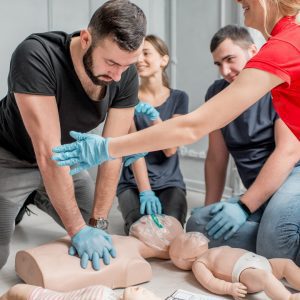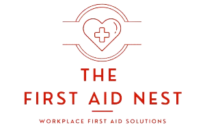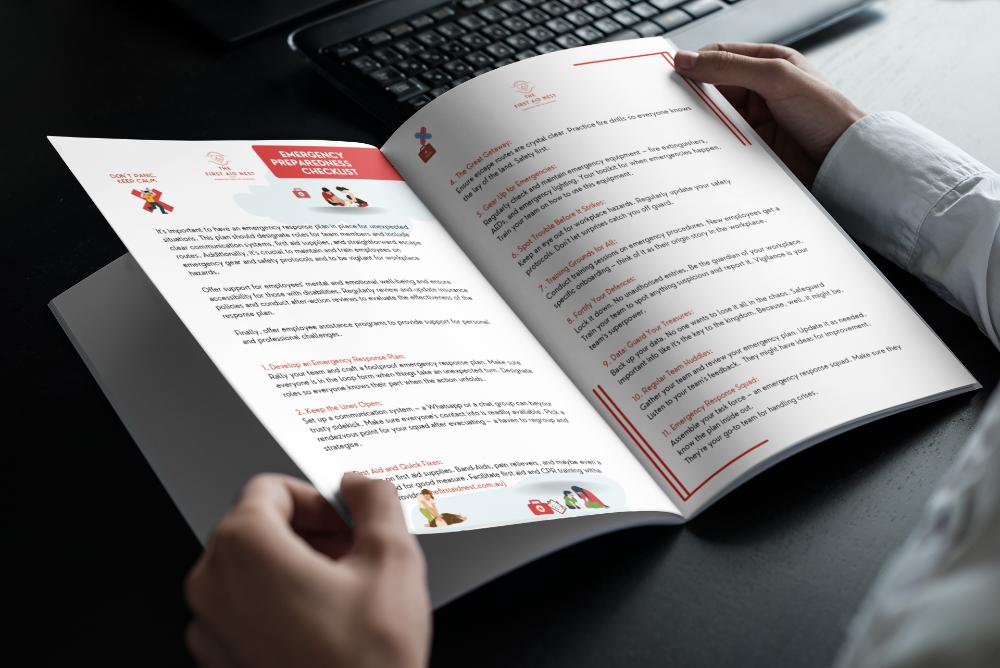Why Does First Aid Training Change?

A common question from students is why does first aid training schange so often? Is it just to keep us on our toes?
This is a really good question!
Every few years, our peak bodies in the world of first aid and resuscitation, such as The Australian Resuscitation Council get together.They review current research to see what is working and what is not. Things will change all the time due to new information coming to light.
See how we no longer do the Heimlich maneuver anymore in Australia? This is because there was further life-threatening trauma being sustained by the procedure so it was no longer deemed suitable.
Now the back slaps and chest thrusts are the way to go. Not sure what they are? Book your course or refresher by contacting us here!
Education providers such as us at The First Aid Nest are always partnered with Registered Training Authority. We deliver training on behalf of them. They have all the correct and up-to-date information in regards to current guidelines.
Deeper and Faster CPR compressions
Previously in First Aid courses, students were taught to perform compressions at the rate of at least 100 compressions per minute. Now a goal of 100 to 120 compressions per minute is recommended. First Aiders want to be reaching 30 compressions in around 15 seconds. Now, this may seem like a fast rate for CPR but studies show that more compressions are associated with higher survival rates. The main takeaway message from this science is to push faster and push harder. Now, this is great information if people are actually doing CPR a 2010 study by the Heart and Stroke foundation shows that 62 percent of respondents had taken a CPR class, but only 40 percent of these people said they would try to revive someone. This is why compression-only CPR is such an important skill.
One of the most common misconceptions in first aid courses is that the new CPR training protocols do not include rescue breathing or ventilating into a person. This is not true if a first aider has proper personal protection for doing CPR such as a CPR mask. It is still recommended that their first aider does rescue breathing. Current CPR ratios are 2 breaths to every 30 compressions. People are very concerned about contracting diseases such as HIV or Hepatitis C when doing CPR this is why compression-only CPR can be so useful.
Hypoglycemia (low blood sugar)
Students were previously taught to simply give something sweet to a person who was showing signs of Hypoglycemia. Scientific research has shown that glucose tablets are better than simply giving something sweet. The recommendations say that if a glucose tablet is not available then some other forms of sugar would be acceptable. The number 1 choice of candy for those suffering low blood sugar would is Mentos followed up by skittles or jelly beans.
something so simple could make a huge difference
Anaphylaxis (an-a-fi-LAK-sis) –
In previous first aid courses, students were taught if someone was suffering from Anaphylaxis they could administer an auto-injector. An example of an auto-injector would be an epi-pen. After this injection, they would have to wait for Emergency Medical Services to arrive. Protocols now mention that the second dose of epinephrine can be administered if the first dose is not effective after 5 minutes. Many people believe that an epi-pen should be prescribed. It can be purchased as an over-the-counter medication but we don’t recommend you do that. This is because this may cause a shortage for the families who really need them. unless you or your family member has a true allergy. This is because there is always a supply issue and the families that really need it may not be able to get it.
Heres some further resources you might enjoy!
Our Baby First Aid Courses
Our baby first aid courses are available in person in your home and online. We run classes in your home with groups of 2, 4 or up to 10 in Sydney & Melbourne and you can book in 3 easy steps!
- Pick your class
- Follow the prompts to purchase
- We will contact you within 24 hours to lock in your date of choice
Our First Aid Certificate Courses
We run most of the popular first aid courses Australia wide. HLTAID011 Provide First Aid, HLTAID009 Provide CPR, HLTAID012 Provide First Aid in an Education & Care Setting, RAMOAP (anaphylaxis), Mental Health first aid and CPR/LVR to name a few.
Book your public spot online or contact us if you have a group of 5+ people for onsite training.
Here are some other resources you may enjoy!
FREE GUIDE: Your Virtual Baby First Aid Kit
FREE GUIDE: Introducing Common Allergy Foods & Allergic Reactions
FREE Workplace Emergency Preparedness Plan: Grab this at the bottom of every page!
Follow for baby & child first aid and allergy info and tips on Instagram, TikTok & Facebook all @thenestcpr

